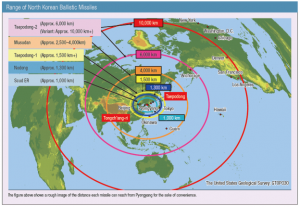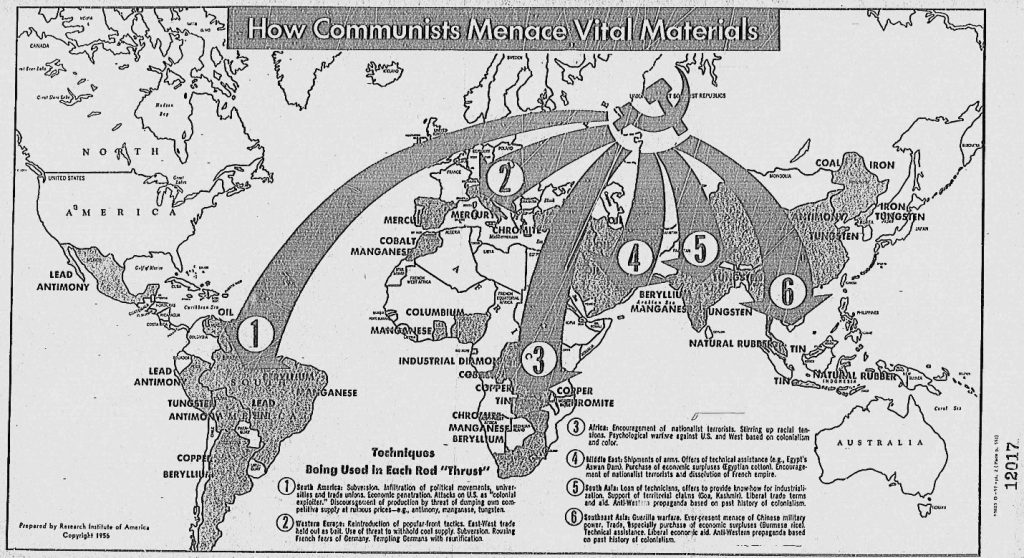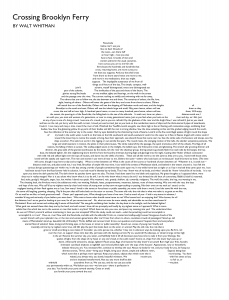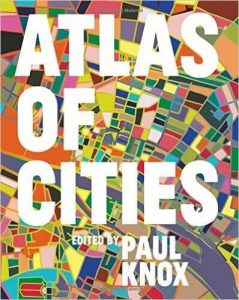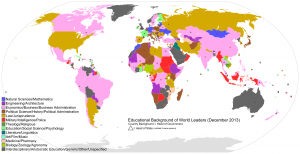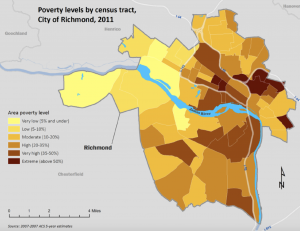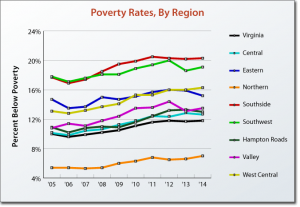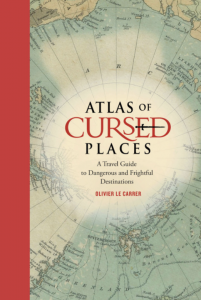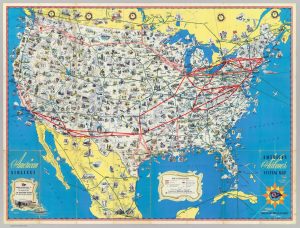
It’s 1945. The Second World War is raging, but quickly nearing an end. Europe is in rubble and the world will never be the same again. Millions have tragically lost their lives and the future of the world seems grim. Yet one nation seems unscathed by the destruction and chaos that is terrorizing Europe. Across the Atlantic Ocean, stands tall the United States of America.
Separated from the European theater of conflict by almost five thousand miles of water, the United States is not in threat of invasion, and has managed to largely avoid direct attacks on its soil, with the exception of the attack on Pearl Harbor and numerous other small attacks.
While the war storms Europe with gloom and devastation, back in the US, American Airlines releases a new system map detailing the numerous routes it offers between cities in North America. This map features cultural landmarks, touristic destinations, and points of interest; all of which are interconnected by the US’s comprehensive air transport systems.
How bizarre.
While this may seem like any regular map advertising American Airlines to an American audience, it was not. This map had immense influence and significance, and achieved many different aims and purposes. Why? Because at the time, the airplane remained a relatively new invention which was used typically for postal service, leisure, and since 1914, war, but rarely for commercial air travel, at least not for regular Americans. And thus, the display of the commercial airline infrastructure of the US on a map portrays America as mighty, powerful, and prosperous. And since morale and support for the war was fast diminishing on all sides during WW2, it was essential for America that it emboldened its people and army. Since morale can make-or-break entire armies, this seemingly innocent map uses many devices, including imagery and iconography in order to empower America.
This map effectively raises the morale of the US population and army, and diminishes that of their enemies, by depicting the US as a powerful and unwavering force in the face of war, while the European nations neared collapse. Simply through its existence and publication, this map creates a rhetoric which is extremely influential: the map predicts and practically guarantees the victory of the US in WW2 and its survival and stability in the post-war era. The release of a map detailing America’s air-travel capabilities shows that America expects to be stable in the future and to remain in control, therefore implying that it expects to win the war. This intimidates America’s enemies and empowers it and its allies.
This map portrays the US positively as a growing superpower. Taking a look at the legend, titled ‘Map Explanation’, this tool provided to aid map readers can tell us more about how this map creates a sense of American superiority, both for Americans and for their enemies. The legend includes explanations of symbols, such as a solid red line which denotes routes operated by American Airlines, and a double red, or green to signify routes operated by other airlines, even including a dashed green line which represents seasonal routes. This shows that this map’s purpose is not only to promote American Airlines, even though it may be the producer of the map, but in fact intends to promote US aviation as a whole. Several other symbols and icons are labeled, including cities, state capitols shown by different dots, distance between cities shown in red numbers; time zone boundaries, and even elevation are also displayed. This density of information provided to the map-reader boasts the information collection capabilities of America, again in an attempt to instill a sense of superiority of the US to the rest of the world. This map is dense with information; each inch of the US mainland is covered in small illustrations and icons representing the many cultural and historic spots in the US.
The map proudly exhibits the abundance of cultural, historic, and touristic landmarks and sights in America, which creates a strong sense of national identity and pride. In the map, the mainland US is covered by a dense assortment of places to be, and things to see, while also showing some locations in Canada and Mexico. The points of interest shown include important buildings such as the White House – representing the government’s power and authority –different types of agriculture, farming and industry, such as cotton farming, fishing, and oil refining – indicating economic success – and also include important cultural and industrial landmarks of different regions within America, such as wine production, areas of forestation, the Grand Canyon, light houses, and beaches – portraying a deep culture shared by all Americans. This, coupled with comprehensive airline routes overlaid atop North America illustrates the image of America as a thriving, prosperous, and very connected society, creating a strong shared national identity.
Interestingly, while hundreds of landmarks are shown in the US, less than fifty are shown in all the surrounding countries combined. This creates the image that America is a prosperous paradise, while the rest of the world was suffering, and gives Americans the sense that they have something to fight for and protect. Compared to its neighbors, such as Mexico, on which icons mostly only represent traditional customs such as horse-riding, and dancing, and not much industrialization, coupled with a low density of landmarks, America appears to be unique, industrial and advanced like no other. In addition, the map shows routes reaching well beyond America, to destinations in Canada, Mexico, Cuba and more. This creates the rhetoric that America has a heavy influence on its neighbors, and growing power; the routes act as figurative “strings” which the US can pull.
The airplane did more than connect far-away places together; it practically redefined the American people’s geographic imagination. Before the airplane, Americans on one side of the country would need up to several weeks to reach another side of the country. However, after the introduction of the airplane, the world suddenly shrank, and previously very “far-away” places are suddenly accessible, and in a relatively very short time. Cartographers refer to this period as “air-age geography”. This allowed Americans to create a strong national identity, as large distances no longer separated Americans. However, this also threatened America’s isolation from the conflict zones, since now America’s enemies in Europe and the Pacific are closer than ever. This creates a sense that America is in danger of attack, which creates fear and panic within the US population, prompting more support for America’s military in the war in order to defend America, especially after a strong national identity was established – it gives the American people something to fight for and protect.
In addition, the inclusion of time zones in this map also plays a role in exaggerating America’s power; it stresses on the enormous size of the US, and how the airplane was able to shrink it. Spanning four time zones, the US appears to many times larger than its European enemies. The effect of this is great: America appears to be a daunting and invincible enemy to its European enemies, and Japan, but to Americans the map creates within them a sense of pride for their country, and a feeling of superiority to others. This matters, again, since an important part of the war effort was the support of the population at home for the war, and its acceptance of rationing and other negative consequences of it. However, after the introduction of the airplane, one could simply fly any of the routes shown on the map and reach any corner of North America. This empowers America because it appears that they have conquered the sky and have the capability to reach far destinations with airplanes.
This map intimidates America’s enemies, where war has been far more devastating through its portrayal of America as the dominant superpower: if America appears to be less harmed by the war, both economically and militarily, then that means it can continue to wage it longer than they can, thus empowering America, and stripping power away from her enemies.
Now imagine yourself back in 1945 once again. Which country would you rather side with? America, which was largely unharmed by the catastrophic world war, – and even benefited economically from the industrial demand that was created from the war– or the axis powers which were bombed to rubble and facing almost certain defeat? I’ll leave that for you decide.
Works cited:
“American Airlines System Map.” David Rumsey Map Collection, General Drafting Co., 1945, www.davidrumsey.com/maps890029-24336.html.


